Birdfinding.info ⇒ The Bonaire endemic form of the American Barn Owl still awaits formal description to science, and remains a taxonomic mystery. Locations where this little-known form have regularly been found roosting in visible caves and recesses include the cliffs at Seru Largu in Washington Slagbaai National Park and those along Lagun Beach at Washikemba.
“Bonaire Barn Owl”
Tyto furcata ssp. nova
Endemic to Bonaire, where it is known mainly from limestone cliffs with caves suitable for roosting and nesting, but presumably occurs throughout the small island. In 2009, the total population was estimated at 20 to 40.
Identification
A small-to-medium-sized barn owl that is probably not visually differentiable from continental populations of American Barn Owl. Strictly nocturnal; most often seen at known day-roosts.

“Bonaire Barn Owl”, T. f. ssp. nova, showing strongly speckled underparts. (Washikemba, Bonaire; February 1, 2022.) © Wim van Zwieten
Based on the single specimen that has been measured, it is distinctly larger than the “Curaçao Barn Owl”, and slightly smaller than the smallest continental subspecies. (Prins et al. 2003)
The only owl known from Bonaire, although barn owls from Curaçao and Venezuela might wander there from time to time.
Judging from the few published photos, the “Bonaire Barn Owl” tends to have largely gray-brown upperparts and black-speckled white underparts.

“Bonaire Barn Owl”, T. f. ssp. nova, showing gray-brown upperparts. (Washikemba, Bonaire; October 9, 2021.) © Susan Davis
Comparing apparent mated pairs found roosting together, males are somewhat paler and grayer above and whiter below, and females show more variation. Some females resemble males, but with slightly warmer, browner upperparts and a buffy tinge on the underparts, whereas some females are darker overall, with mostly buffy underparts.
Voice. Apparently not described, but presumably screeches, hisses, and clicks, as in other barn owls. Recordings and/or careful descriptions would be helpful to understanding its taxonomic status.
Notes
Monotypic form. Presumptively regarded as an insular subspecies of the American Barn Owl (T. furcata), one of four potentially distinct forms, but not yet formally described.
More Images of the “Bonaire Barn Owl”
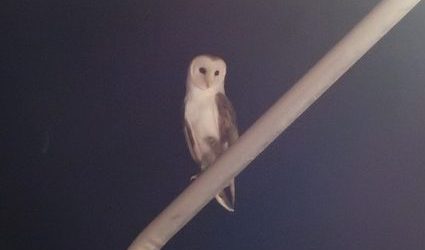
“Bonaire Barn Owl”, T. f. ssp. nova. (Bonaire; November 15, 2016.) © Su Stapleton

“Bonaire Barn Owl”, T. f. ssp. nova. (Washikemba, Bonaire; April 12, 2023.) © Susan Davis
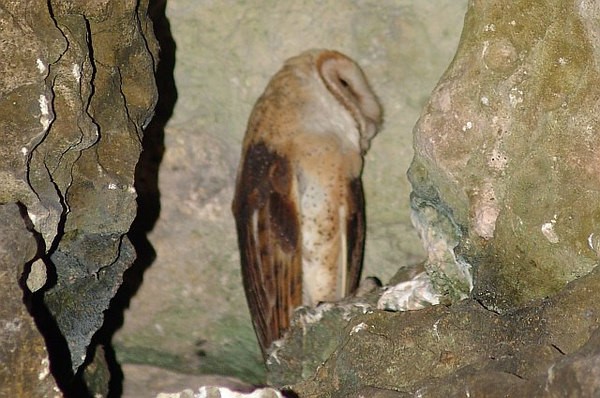
“Bonaire Barn Owl”, T. f. ssp. nova, female. (Seru Largu, Washington Slagbaai National Park, Bonaire; May 25, 2006.) © Frank Bierings
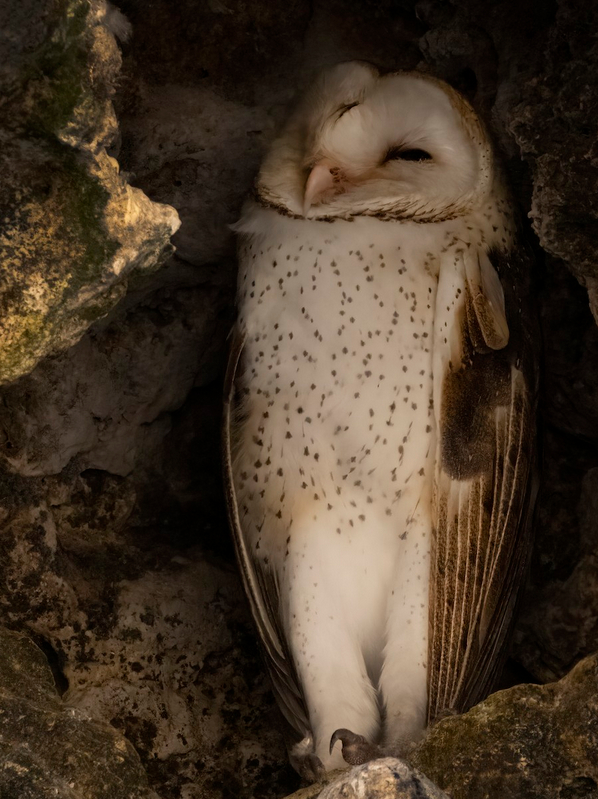
“Bonaire Barn Owl”, T. f. ssp. nova. (Washikemba, Bonaire; August 19, 2022.) © Susan Davis
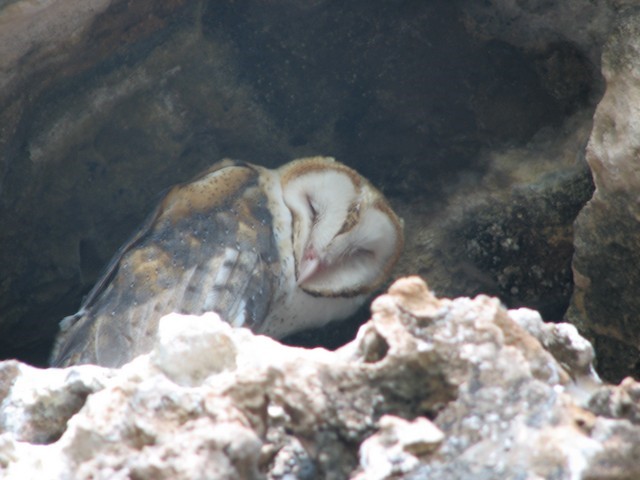
“Bonaire Barn Owl”, T. f. ssp. nova, male. (Seru Largu, Washington Slagbaai National Park, Bonaire; August 7, 2006.) © Judith Huf
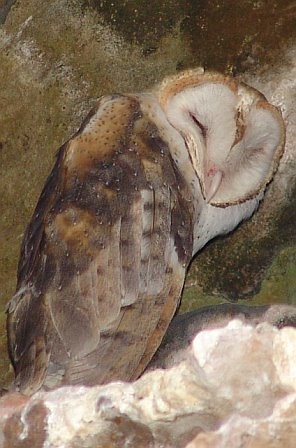
“Bonaire Barn Owl”, T. f. ssp. nova, male. (Seru Largu, Washington Slagbaai National Park, Bonaire; May 25, 2006.) © Frank Bierings
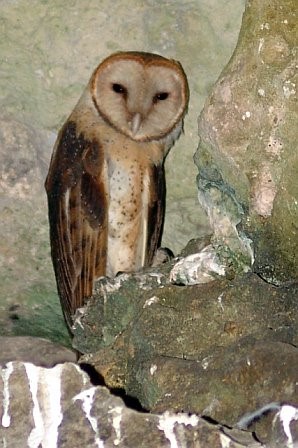
“Bonaire Barn Owl”, T. f. ssp. nova, female. (Seru Largu, Washington Slagbaai National Park, Bonaire; May 25, 2006.) © Frank Bierings
References
Aliabadian, M., N. Alaei-Kakhki, O. Mirshamsi, V. Nijman, and A. Roulin. 2016. Phylogeny, biogeography, and diversification of barn owls (Aves: Strigiformes). Biological Journal of the Linnean Society 119:904-918.
eBird. 2023. eBird: An online database of bird distribution and abundance. Cornell Lab of Ornithology, Ithaca, N.Y. http://www.ebird.org. (Accessed September 12, 2023.)
Enríquez, P.L., K. Eisermann, H. Mikkola, and J.C. Motta-Junior. 2017. A Review of the Systematics of Neotropical Owls (Strigiformes), Neotropical Owls: Diversity and Conservation (P.L. Enríquez, ed.). Springer International Publishing, Cham, Switzerland.
iNaturalist. 2023. https://www.inaturalist.org/. (Accessed September 12, 2023.)
König, C., and F. Weick. 2008. Owls of the World (Second Edition). Yale University Press.
Mikkola, H. 2013. Owls of the World: A Photographic Guide (Second Edition). Firefly Books, London.
Prins, T.G., J.A. De Freitas, and C.S. Roselaar. 2003. First Specimen Record of the Barn Owl Tyto alba in Bonaire, Netherlands Antilles. Caribbean Journal of Science 39:144-147.
Wells, J.V., and A.C. Wells. 2017. Birds of Aruba, Bonaire, and Curaçao. Cornell University Press, Ithaca, N.Y.
